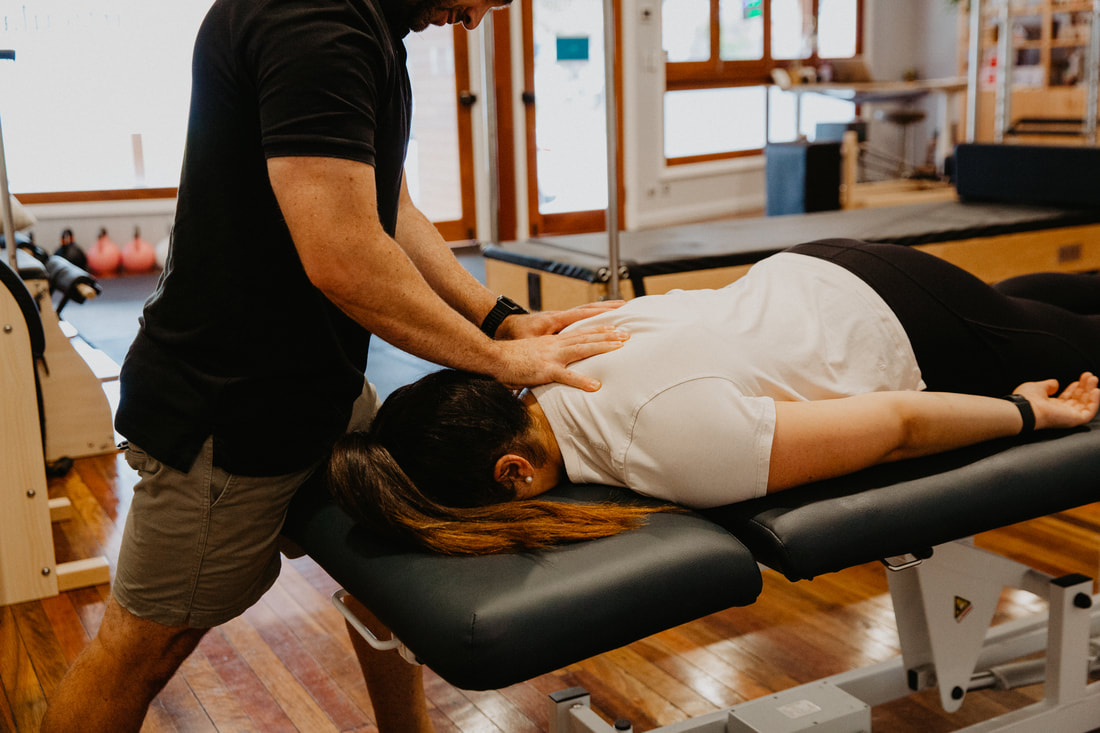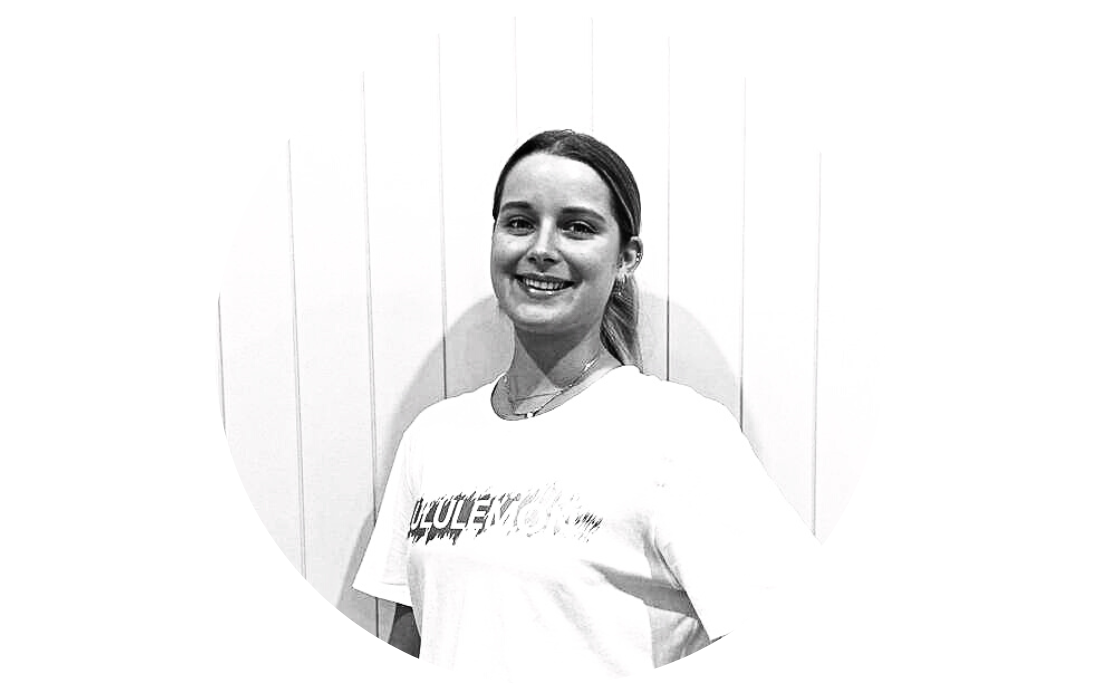Sports injury physiotherapy for CrossFit athletes.
CrossFit and the Role of a Specialised Physiotherapist
CrossFit is a high-intensity training program that combines elements from various disciplines such as weightlifting, gymnastics, and cardiovascular exercises. It is known for its varied, challenging workouts that push athletes to their physical limits. CrossFit requires a broad range of physical capabilities including strength, flexibility, power, speed, and endurance.
Key Aspects of CrossFit:
The Importance of a Physiotherapist Specialised in CrossFit:
What Are Common Injuries Among CrossFit Athletes?
CrossFit, known for its varied and high-intensity functional movements, often leads to specific types of injuries:
How Can CrossFit Athletes Prevent These Injuries?
Injury prevention is key for CrossFit athletes:
What Physiotherapy Treatments Are Effective for CrossFit Injuries?
Physiotherapy is crucial in treating and managing CrossFit-related injuries:
When Should a CrossFit Athlete Consult a Physiotherapist?
Professional advice is recommended in various scenarios:
How Can Physiotherapy Help in Long-Term Injury Prevention for CrossFit Athletes?
Long-term injury prevention is essential:
What Recovery Strategies Should CrossFit Athletes Employ?
Effective recovery strategies are crucial for CrossFit athletes:
If you have been injured during CrossFit, there are many things that our Tarragindi physiotherapists can do to help get you back to being sport ready and active again so come in and speak to our friendly physiotherapists today! Feel free to give our Tarragindi Physiotherapy clinic a call on 07 3706 3407 or email [email protected]
CrossFit is a high-intensity training program that combines elements from various disciplines such as weightlifting, gymnastics, and cardiovascular exercises. It is known for its varied, challenging workouts that push athletes to their physical limits. CrossFit requires a broad range of physical capabilities including strength, flexibility, power, speed, and endurance.
Key Aspects of CrossFit:
- Diverse Exercise Regimen: CrossFit workouts, known as WODs (Workouts of the Day), include a wide array of exercises that require different physical skills and adaptability.
- High-Intensity Training: The workouts are designed to be performed at high intensity, pushing athletes to perform quickly and efficiently.
- Functional Movements: Emphasis on movements that mimic real-life activities, requiring full-body coordination and strength.
The Importance of a Physiotherapist Specialised in CrossFit:
- Injury Prevention and Management: A physiotherapist with expertise in CrossFit can offer targeted strategies for injury prevention and rehabilitation, tailored to the specific requirements of the sport.
- Performance Optimization: Understanding the unique biomechanics involved in various CrossFit exercises, a physiotherapist can assist athletes in improving their technique, strength, and overall performance.
- Recovery and Conditioning Advice: Specialized physiotherapists can provide guidance on effective recovery techniques and conditioning exercises that are vital for CrossFit athletes to maintain their fitness and prevent injuries.
What Are Common Injuries Among CrossFit Athletes?
CrossFit, known for its varied and high-intensity functional movements, often leads to specific types of injuries:
- Shoulder Injuries: Such as rotator cuff tendinitis or impingement, common due to overhead lifts and pull-ups.
- Lower Back Pain: Resulting from exercises like deadlifts and squats.
- Knee Injuries: Including patellar tendinitis, often due to high-impact movements like box jumps and squats.
- Wrist Strains: From weightlifting and gymnastics components.
- Muscle Strains and Sprains: Due to the diverse range of activities and intensity levels.
How Can CrossFit Athletes Prevent These Injuries?
Injury prevention is key for CrossFit athletes:
- Proper Warm-Up and Mobility Work: Essential for preparing the body for diverse movements.
- Technique Mastery: Emphasizing correct form in weightlifting and gymnastics movements to reduce injury risk.
- Balanced Training: Including rest days and varying workouts to prevent overuse injuries.
- Strength and Conditioning: Building core strength and overall muscular balance.
- Adequate Recovery and Nutrition: To support the body's healing and energy requirements.
What Physiotherapy Treatments Are Effective for CrossFit Injuries?
Physiotherapy is crucial in treating and managing CrossFit-related injuries:
- Manual Therapy: Such as massage, joint mobilizations, and stretching to alleviate pain and improve movement.
- Tailored Exercise Rehabilitation: Specific exercises to strengthen and rehabilitate injured areas.
- Movement Analysis and Correction: Assessing functional movements to identify and correct improper techniques.
- Pain Management Strategies: Utilizing modalities like ice therapy, heat therapy, or TENS.
- Injury Prevention Education: Guidance on training safely and effectively.
When Should a CrossFit Athlete Consult a Physiotherapist?
Professional advice is recommended in various scenarios:
- Post-Injury: For an accurate diagnosis and a comprehensive treatment plan.
- Persistent Pain or Discomfort: Especially if it affects training performance or quality of life.
- Technique Enhancement: To improve performance and minimize injury risk.
- Preventive Strategies: Learning effective methods to reduce the risk of future injuries.
How Can Physiotherapy Help in Long-Term Injury Prevention for CrossFit Athletes?
Long-term injury prevention is essential:
- Personalized Exercise Programs: Focused on the specific needs of CrossFit athletes, considering strength, flexibility, and endurance.
- Regular Assessments: To monitor progress and adjust training accordingly.
- Functional Movement Training: Enhancing movement efficiency and reducing the risk of injury.
- Nutritional and Lifestyle Advice: To support overall health and enhance athletic performance.
What Recovery Strategies Should CrossFit Athletes Employ?
Effective recovery strategies are crucial for CrossFit athletes:
- Active Recovery: Engaging in light activities to promote circulation and muscle recovery.
- Nutrition and Hydration: Key for muscle repair and maintaining energy levels.
- Adequate Sleep: Critical for physical and mental recovery.
- Mental Health Support: To manage the stress and competitive nature of CrossFit training.
If you have been injured during CrossFit, there are many things that our Tarragindi physiotherapists can do to help get you back to being sport ready and active again so come in and speak to our friendly physiotherapists today! Feel free to give our Tarragindi Physiotherapy clinic a call on 07 3706 3407 or email [email protected]
Who to book in with:
Yulia Khasyanova
|
Zoe Harden
|
Emma Cameron
|



